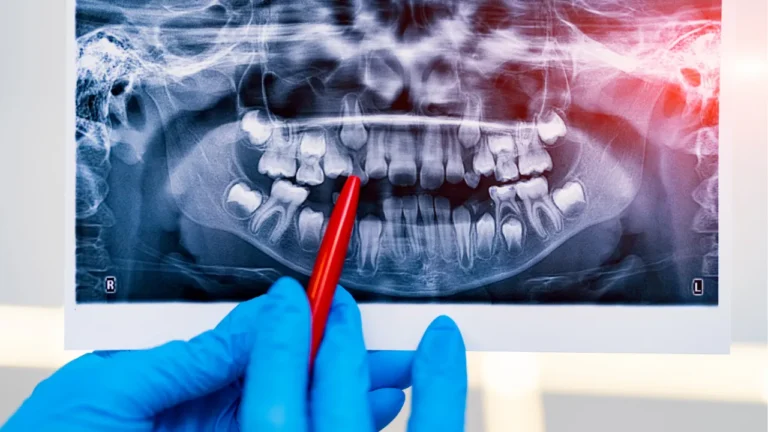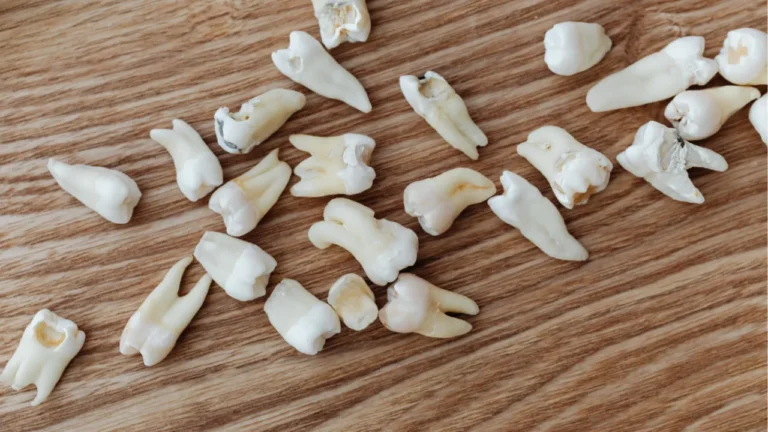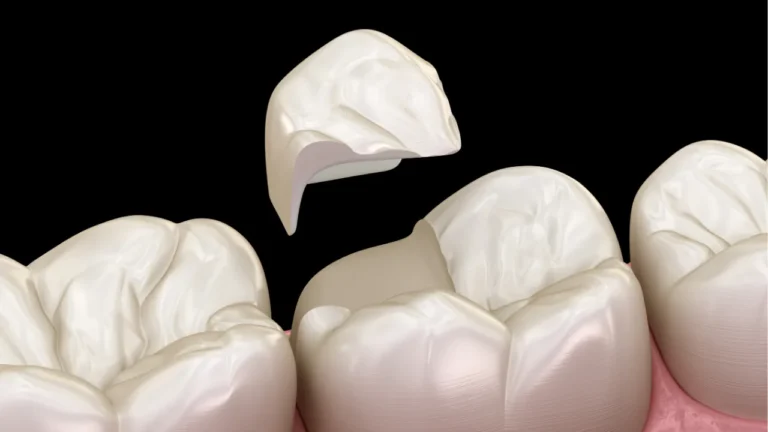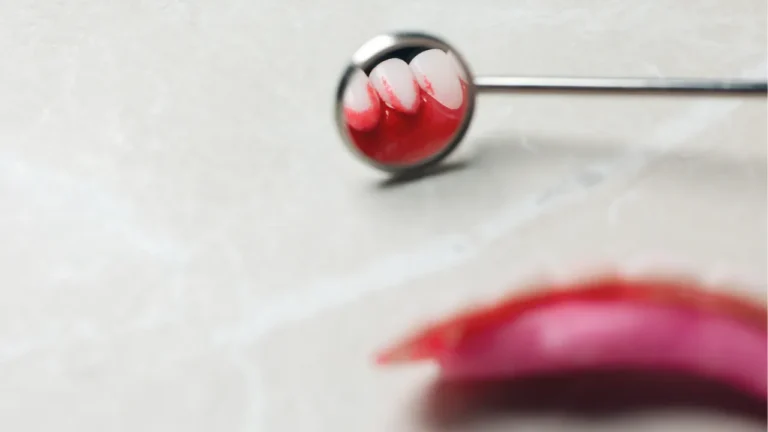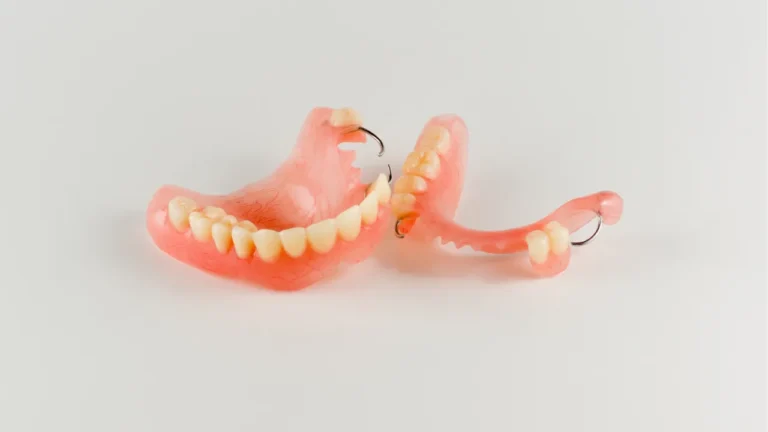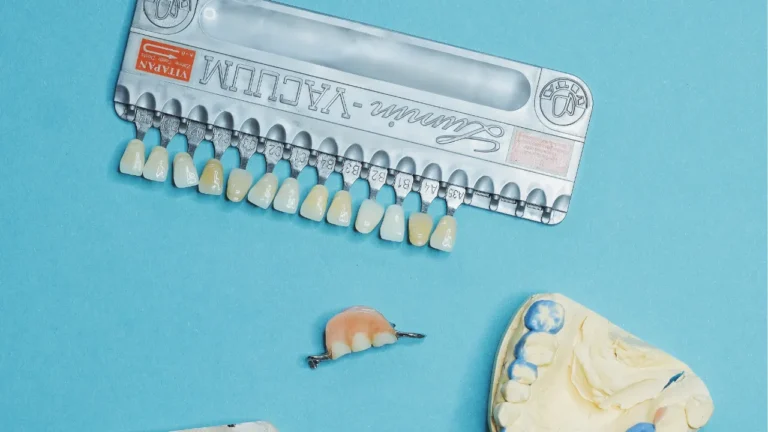Many people brush their teeth regularly but tend to skip flossing, not realizing that brushing alone isn’t enough to maintain optimal oral hygiene.
Flossing plays a crucial role in removing plaque and food particles, preventing gum disease, and supporting overall health.
In this post, we’ll explore why flossing is essential, effective flossing techniques, common mistakes to avoid, and how to choose the best type of floss for your needs.
Quick Summary
- Brushing cleans tooth surfaces but misses the spaces between teeth.
- Flossing removes plaque and food debris where brushing can’t reach.
- Benefits: prevents gum disease, lowers cavity risk, improves overall health.
- Different flossing tools exist: string floss, floss picks, water flossers, interdental brushes.
- Correct technique is key—gentle, consistent, and thorough.
- Avoid mistakes like skipping days or flossing too aggressively.
- Flossing is important for all ages, from kids to seniors.
Why Flossing Matters
While brushing cleans the surface of your teeth, it cannot reach the tight spaces between teeth and along the gumline. This is where flossing comes in. Below are the main reasons why flossing is a critical component of your oral health routine:
1. Removes Plaque and Debris
Flossing helps remove plaque and food particles stuck between teeth that your toothbrush can’t reach.
This is essential for preventing plaque buildup, which can lead to cavities and gum disease.
2. Prevents Gum Disease
Regular flossing prevents gum diseases like gingivitis and periodontitis. By removing plaque and bacteria along the gumline, flossing reduces inflammation and keeps your gums healthy.
3. Reduces Risk of Cavities
Cavities often develop in areas where toothbrush bristles cannot reach.
Flossing helps clean these tight spaces, reducing the risk of cavities between your teeth.
4. Improves Overall Health
Maintaining good oral hygiene through flossing can also improve your overall health. Poor oral health has been linked to conditions like heart disease, diabetes, and respiratory illnesses.
By flossing daily, you can help prevent these systemic health issues.
Effective Flossing Techniques
Using the correct flossing technique ensures that you get the maximum benefits. Here’s a step-by-step guide to effective flossing:
- Choose the Right Floss: Select the type of floss that suits you best, whether it’s waxed, unwaxed, flavored, or plain.
- Use the Proper Amount of Floss: Cut about 18 inches of floss. This allows you to use a clean segment for each tooth.
- Hold the Floss Correctly: Wrap the floss around your middle fingers, leaving about 1-2 inches of floss to work with.
- Slide the Floss Gently Between Your Teeth: Use a gentle sawing motion to guide the floss between your teeth.
- Curve the Floss Around Each Tooth: Form a “C” shape around each tooth and slide it up and down along the side of the tooth and under the gumline.
- Move to a Clean Section of Floss: As you move from tooth to tooth, use a fresh section of floss to avoid redistributing plaque and bacteria.
Video Tutorial Link For a visual guide, check out this helpful video tutorial on proper flossing techniques.
Types of Floss and Alternatives
- Traditional Floss
- Pros: Effective, inexpensive, and widely available.
- Cons: Can be tricky for people with limited dexterity or those who have braces.
- Floss Picks
- Pros: Convenient, easy to use, especially for kids and people with braces.
- Cons: Can be more expensive than traditional floss and generate more plastic waste.
- Water Flossers
- Pros: Gentle on gums, easy to use, especially for people with braces or dental work.
- Cons: More expensive upfront, requires access to water and electricity.
- Interdental Brushes
- Pros: Effective for cleaning larger gaps between teeth, easy to use.
- Cons: Not suitable for very tight spaces, can be more expensive than traditional floss.
Common Flossing Mistakes and How to Avoid Them
Flossing mistakes can limit the effectiveness of your oral hygiene routine. Here’s how to avoid the most common ones:
- Skipping Days: Consistency is key. Make flossing a daily habit to maintain optimal oral health.
- Flossing Too Aggressively: Be gentle to avoid damaging your gums. Use a smooth, controlled motion.
- Not Flossing Both Sides of Each Tooth: Ensure you clean both sides of each tooth to remove all plaque and debris.
Flossing for Different Ages and Dental Conditions
- Children: Start flossing your child’s teeth as soon as they have two teeth that touch. Use floss picks to make it easier for them to learn proper technique.
- Teens and Adults: Encourage regular flossing as part of the daily routine. Teenagers with braces can use special orthodontic flossers.
- Seniors: Seniors with dental prosthetics may need to adapt their flossing techniques. Interdental brushes and water flossers can be very effective for seniors.
The Bottom Line: Flossing is Essential for a Healthier Smile
Flossing is an essential part of maintaining good oral health. By incorporating flossing into your daily routine, you can prevent gum disease, reduce the risk of cavities, and improve your overall health.
Remember to choose the right type of floss and use proper techniques to achieve the best results.
At Every Smile Dentistry, we’re here to help you maintain a healthy, beautiful smile. For more information or to schedule an appointment, contact us today!


